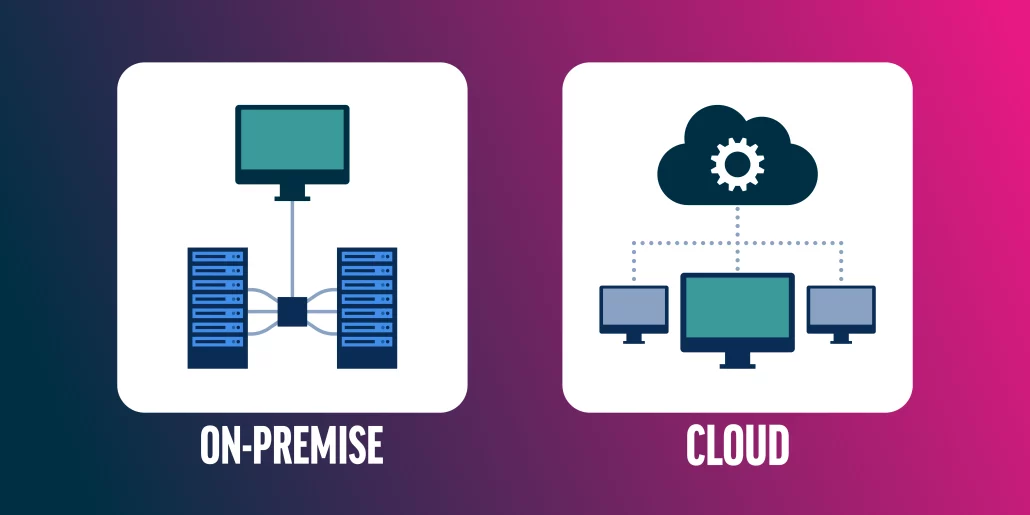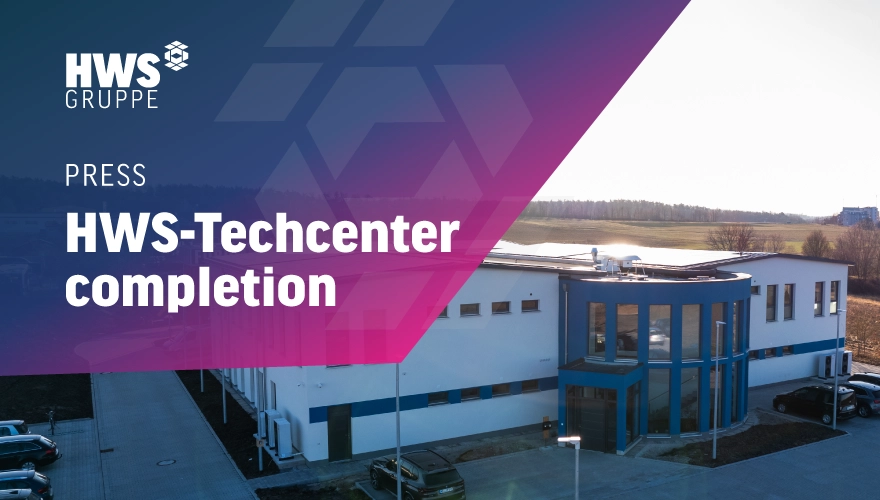Choosing the Right IT Deployment Model: On-Premise, Cloud, or Hybrid
Choosing the optimal deployment model for IT infrastructure is one of the most critical decisions companies must make, especially when setting up or restructuring their IT landscape. With the variety of options available, from traditional on-premise solutions in their own data centers to modern cloud services and flexible hybrid models, this decision must be carefully weighed. The choice is influenced by numerous factors, including the specific requirements of the company, willingness to invest, and desired flexibility in scaling.

On-Premise Solutions: Maximum Control and Security
On-premise models offer the highest data control and security since the IT infrastructure is managed directly on-site. This is particularly advantageous for organizations with strict data protection requirements or those that need full autonomy over their systems.
Advantages of On-Premise:
- Complete control over all data and IT systems.
- Compliance with strict data protection standards, especially in the EU.
- No dependence on external cloud providers.
- Permanent access to systems, even offline.
- Deep integration with existing business processes.
Disadvantages:
- High initial investments and ongoing maintenance costs.
- Necessity for own IT teams to maintain and update systems.
Cloud Solutions: Flexibility and Scalability
Cloud services are known for their flexibility and scalability, with companies able to choose between public cloud, private cloud, or a combination in hybrid models. These models are ideal for dynamic business environments that need to quickly respond to market changes.
Hybrid Cloud: The Best of Both Worlds
The hybrid cloud combines the security and control benefits of on-premise with the flexibility and scalability of the cloud. This allows companies to keep sensitive data in their own IT environment while also utilizing cloud resources for less critical applications.
Conclusion: The Right Decision for Your Company
Each company has individual needs and goals that influence the choice of IT deployment model. While on-premise offers maximum control, cloud and hybrid solutions are better suited for companies that prioritize flexibility and rapid growth. Our team of experts is happy to assist you in selecting the optimal model to ensure that your IT strategy meets both current and future requirements.
On-Premises (On-Prem):
Definition: Refers to the traditional deployment of IT infrastructure and applications within a physical data center or server room in an organization. Characteristics: Direct control over hardware, software, and data, high capital expenditure for hardware and maintenance costs, requires dedicated IT experts on-site.
Cloud Computing:
Definition: A model where IT resources such as computing power, storage, and applications are provided and managed over the Internet by a cloud service provider. Characteristics: Scalability, flexible use and pay-as-you-go pricing, reduced need for physical hardware on-site, access from anywhere with an internet connection.
Hybrid Cloud:
Definition: A combination of On-Premises and cloud infrastructure, where data and applications can be seamlessly moved between the two environments. Characteristics: Offers flexibility and scalability, allows for resource use as needed, requires integration technologies and strategies for smooth communication between environments.
Virtualization:
Definition: The technology that transforms physical IT resources like servers, storage, and networks into virtual instances to increase efficiency and better utilize resources. Characteristics: Enables server consolidation, rapid deployment of new virtual machines, improved fault tolerance, and flexibility.
Containerization:
Definition: A method of deploying and running applications in isolated containers that contain all necessary libraries and dependencies to enhance the portability and consistency of applications. Characteristics: Provides a lightweight way to isolate, distribute, and manage applications, simplifies the deployment and scaling of applications.
Scalability:
Definition: The ability of a system to increase or decrease its capacity according to demand to maintain performance. Characteristics: Horizontal scaling (adding more instances) and vertical scaling (increasing the resources of a single instance) are typical approaches.
Cloud Security:
Definition: The set of practices, technologies, and policies implemented to protect data, applications, and infrastructure in the cloud from threats. Characteristics: Encryption, access controls, security monitoring, regular audits, and compliance with industry-specific standards are key components.
Data Migration:
Definition: The process of transferring data between different storage locations, such as from On-Premises systems to the cloud or between different cloud platforms. Characteristics: Requires careful planning to ensure data integrity, security, and continuity, as well as appropriate tools and technologies for efficient execution.
Cost Management:
Definition: The management and optimization of expenses related to IT resources, including hardware, software, operations, and maintenance. Characteristics: Cloud computing offers usage-based billing, which potentially allows for cost optimization, but requires careful monitoring and control of resource usage.
Compliance and Governance:
Definition: Adherence to legal regulations, industry-specific standards, and internal policies concerning data privacy, data security, and ethics. Characteristics: In the cloud, companies must ensure that their infrastructure and data comply with applicable regulations and implement appropriate control mechanisms to ensure this.









